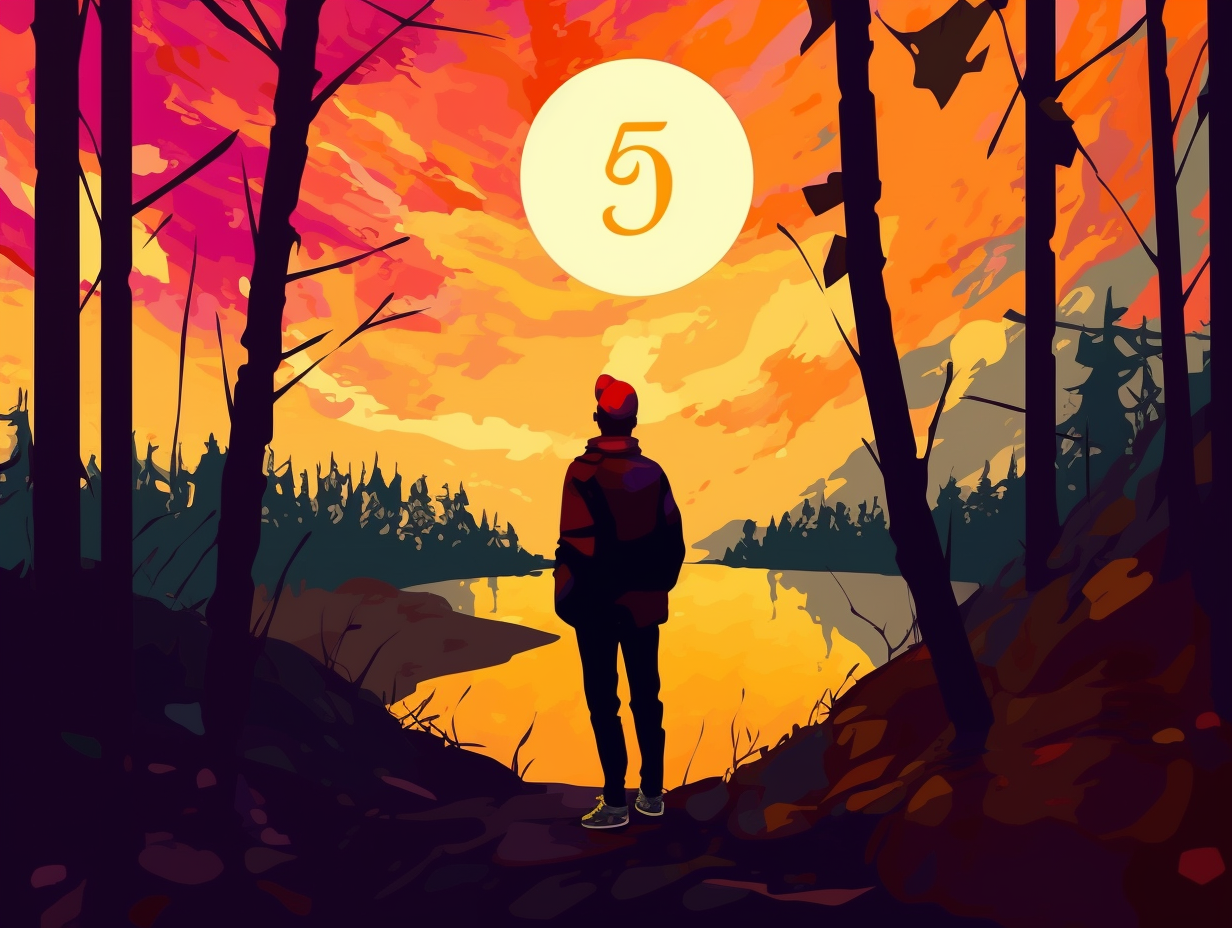Discover the Top 4 Astonishing Fun Facts About September 9: Unravel the Paris Connection!

1. California's Golden Statehood
Eureka! We found it: Not just gold, but statehood too! In the most epic episode of "Who Wants to Be a State?", California struck gold on its way to join the cool kids' club on September 9, 1850, after a dramatic season leading up to the grand finale known as the Compromise of 1850. And that, folks, is how the 31st state finally made it to the Union, leaving behind the days of following auditioning states, and living the Californian dream with its fabulous "Eureka" motto.
Source => parks.ca.gov
2. Thomson's Positive Atom Therapy
Why did the atom go to therapy? Because it had J.J. Thomson's model to blame for its overly positive outlook on life: On September 9, 1904, physicist J.J. Thomson proposed a model of the atom as a sphere of positive matter containing electrons held together by electrostatic forces, setting the stage for breakthroughs in atomic research and earning him a Nobel Prize in Physics in 1906.
Source => sciencehistory.org

Did you know that the number 9 has a magical mathematical property that can help you out of a pickle? Discover its enchanting secret and the divine powers of The Math Dude.
=> Fun Facts about The-Number-9
3. GPS-guided Panda Walkabout
Pandas on a GPS guided walkabout: On September 9, Smithsonian ecologists teamed up with Chinese colleagues to publish a study on giant panda movement in the Wolong Nature Reserve, using GPS tracking to analyze habitat selection, and improve restoration and corridor construction efforts.
Source => nationalzoo.si.edu
4. The Moth that Debugged History
In the beginning, there was darkness, and then there was a bug: quite literally, too. On September 9, 1947, computer science history was made when the first computer bug was found – a moth trapped in the hardware of the Mark II computer at Harvard University, causing a flutter of errors. Though not the official discoverer, Dr. Grace Hopper gets the lion's share of the credit for squashing this legendary moment in the public's memory, and inadvertently spawning the essential bug management and debugging methods that keep our digital lives from turning into a Kafkaesque nightmare today.
Source => nationalgeographic.org












